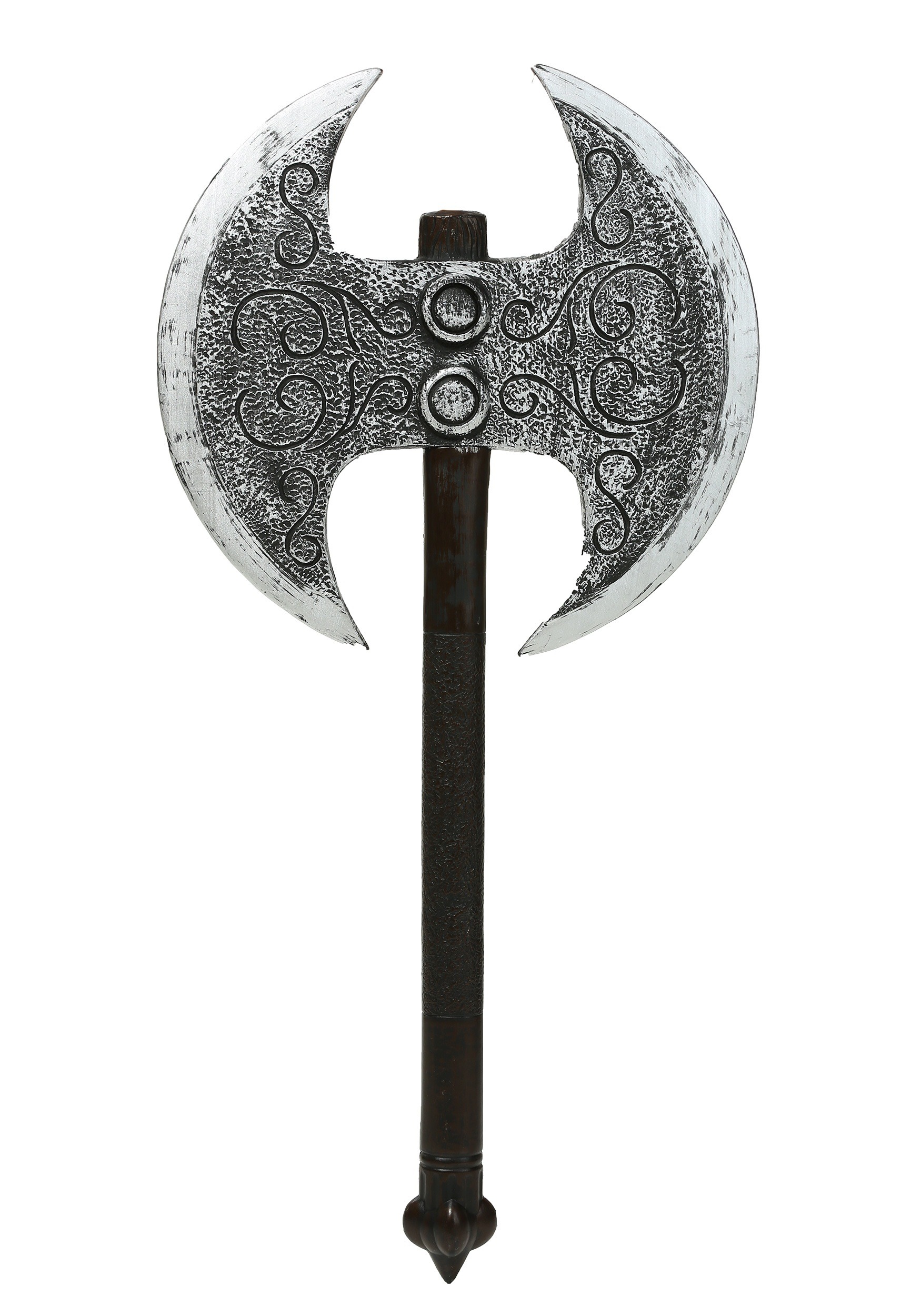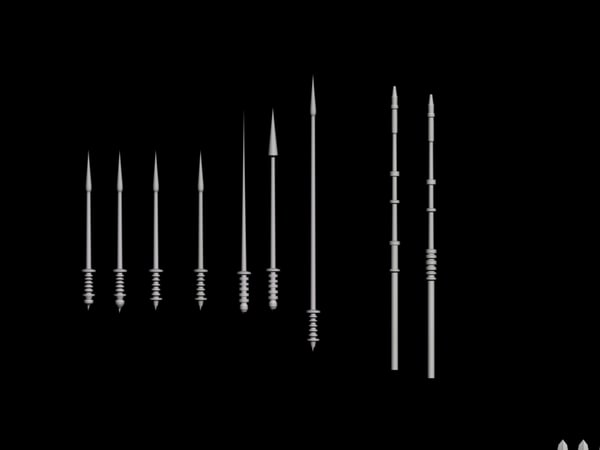

Knights usually fought on foot when wielding these battle axes and during the fifteenth century, the German and French knights particularly used special battle axes that had more weight and shorter handles.

The Middle Ages and the Renaissance Periodĭuring the Renaissance and Middle Ages, numerous armies from Europe usually carried two different kinds of battle axes: one was a small one with a short handle while the other was a fairly larger one with a much longer handle. This specific type of axe was common in the year 1066 during the Battle of Hastings.

During this era, the Nordic smiths came up with axes that featured thinner blades and longer handles, making the axes’ heads lighter for use during battle. In Scandinavia, these weapons became extremely popular especially in 800 to 1100 AD during the Viking Age it became the weapon of choice among warriors who battled in history. The Francisca was mostly used as a hand weapon during close-range combat since it was necessary to keep a firm grip on weapons at all times. When thrown with great accuracy, the weapon could rotate numerous times in the air before it hits its target. It was initially utilized by the Franks and it featured quite a unique shape which was specifically designed to be an efficient weapon for throwing. The Franks also used these weapons and theirs were thick with extremely sharp axe heads short handles were also usual for the Frankish throwing axes and could be launched at a distance towards the enemy.Įxcavations in numerous central European graves (from 500 to 750 AD) featured a uniquely special axe that was called the Francisca. These types of weapons were utilized by the Teutonic tribes in the Great Migration era in the years 400 to 500 AD. Axes that were produced intentionally as weapons for combat were called the battle axe these pieces were made as far back as the Bronze and Stone Age.Īxes that were made to be thrown as projectiles were called the throwing axes these were pieces that featured short handles. Though as time passed, the focus changed to developing and improving specific axes for battles, and the ordinary pieces were still utilized as weapons until recent times. The very first axes that were utilized as weapons were mostly used as tools since these were close at hand. Together with the spear and club, the axe is considered as mankind’s oldest and most traditional close-range weapons for battle. These battle axes were usually made of steel, iron, and at times, bronze, while the handles were often made of wood. The axes measured around thirty centimeters or more and weighed over three kilograms cleaving weapons were much longer than 1.5m and would be categorized as polearms instead. The medieval battle axes were weapons made by skilled blacksmiths and these were designed specifically for warfare. Battle axes were specific versions of utility axes and a lot of these were suited for single-handed use other battle axes were fairly larger and were used with two hands. A battle axe is an axe that is primarily fashioned for combat.


 0 kommentar(er)
0 kommentar(er)
